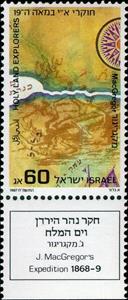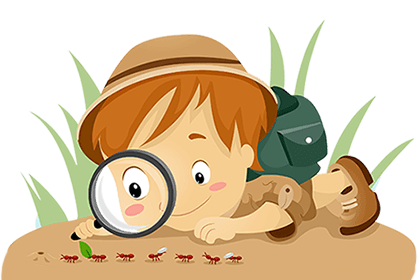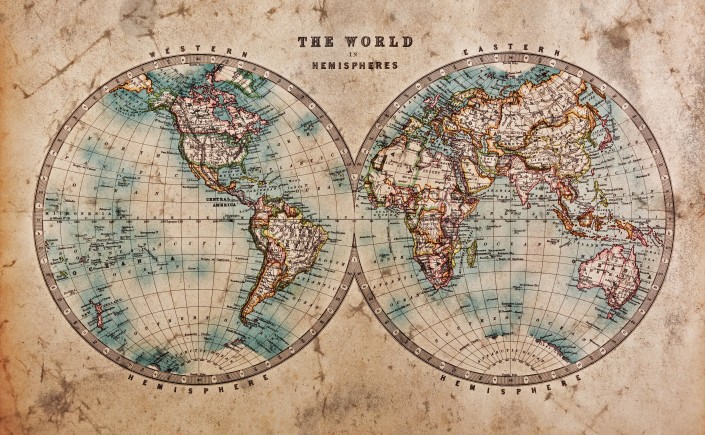Stamp with Collectible Margin: John MacGregor, 1868-69 (Israel 1987)
John MacGregor, 1868-69 (Israel 1987)
24 November (Israel ) within release Exploration of the Holy Land goes into circulation Stamp with Collectible Margin John MacGregor, 1868-69 face value 60 Israeli new agora
| Stamp with Collectible Margin John MacGregor, 1868-69 in catalogues | |
|---|---|
| Michel: | Mi: IL 1076T |
| Stamp Number: | Sn: IL 977T |
| Yvert et Tellier: | Yt: IL 1019T |
| Stanley Gibbons: | Sg: IL 1035T |
Stamp with Collectible Margin is vertical format.
Also in the issue Exploration of the Holy Land:
- Stamp - Thomas Howard Molyneux face value 30;
- Stamp - William Francis Lynch face value 50;
- Stamp - John MacGregor face value 60;
- Souvenir Sheet - 19th Century Exploration of The Holy Land face value 1.70;
- Stamp - Thomas Howard Molyneux face value 40;
- Stamp - William Francis Lynch face value 50;
- Stamp - John MacGregor face value 80;
- Stamp with Collectible Margin - Christopher Costigan, 1835, and Thomas Howard Molyneux, 1847 face value 30;
- Stamp with Collectible Margin - John MacGregor, 1868-69 face value 60;
- Stamp with Collectible Margin - William Francis Lynch, 1848 face value 50;
Stamp with Collectible Margin John MacGregor, 1868-69 it reflects the thematic directions:
Exploration is the process of exploring, an activity which has some expectation of discovery. Organised exploration is largely a human activity, but exploratory activity is common to most organisms capable of directed locomotion and the ability to learn, and has been described in, amongst others, social insects foraging behaviour, where feedback from returning individuals affects the activity of other members of the group
Geography (from Ancient Greek γεωγραφία geōgraphía; combining gê 'Earth' and gráphō 'write') is the study of the lands, features, inhabitants, and phenomena of Earth. Geography is an all-encompassing discipline that seeks an understanding of the Earth and its human and natural complexities—not merely where objects are, but also how they have changed and come to be. While geography is specific to Earth, many concepts can be applied more broadly to other celestial bodies in the field of planetary science. Geography has been called "a bridge between natural science and social science disciplines
A map is a symbolic depiction emphasizing relationships between elements of some space, such as objects, regions, or themes. Many maps are static, fixed to paper or some other durable medium, while others are dynamic or interactive. Although most commonly used to depict geography, maps may represent any space, real or imagined, without regard to context or scale, such as in brain mapping, DNA mapping, or computer network topology mapping. The space being mapped may be two dimensional, such as the surface of the earth, three dimensional, such as the interior of the earth, or even more abstract spaces of any dimension, such as arise in modeling phenomena having many independent variables. Although the earliest maps known are of the heavens, geographic maps of territory have a very long tradition and exist from ancient times. The word "map" comes from the medieval Latin Mappa mundi, wherein mappa meant napkin or cloth and mundi the world. Thus, "map" became the shortened term referring to a two-dimensional representation of the surface of the world.



